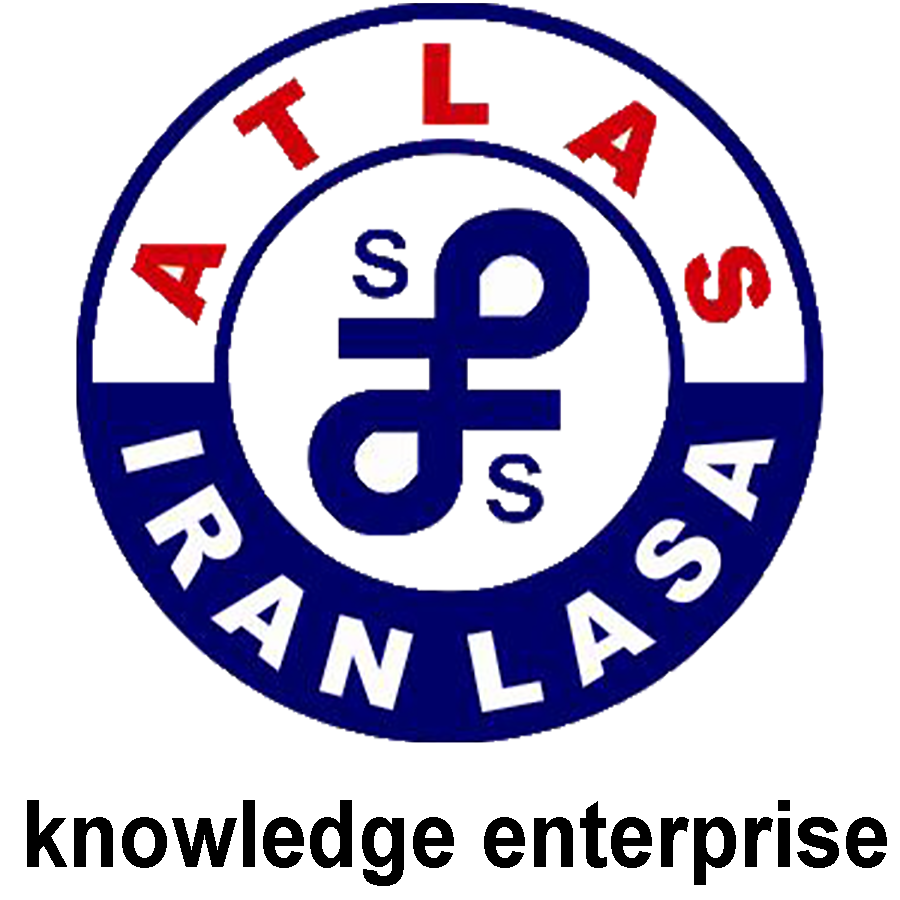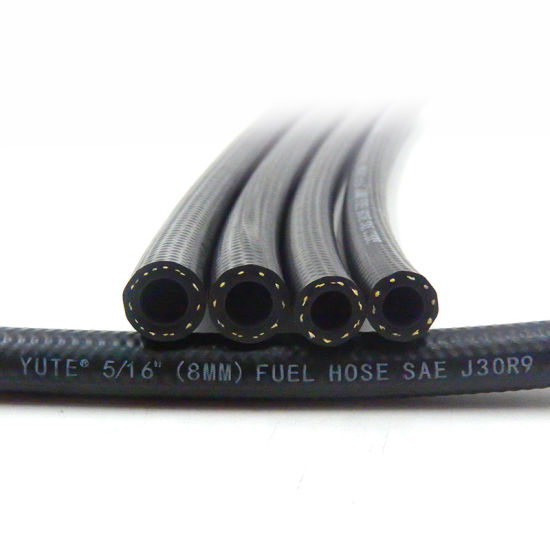What you might expect to be straightforward and even boring, one area where a small mistake has a big impact is choosing a gasoline hose . When a poor choice is made, performance and reliability are compromised. Everyone’s favorite topics will get a hint.
When talking about automotive fuel, the standard definition for fuel is unleaded fuel (up to 98 octane) and diesel. According to this definition, the standard fuel hose is not compatible with ethanol, biodiesel or menthol compounds.
The topics we are going to talk about are gasoline hose injection, carburetor, in tank applications, compatible with fuel type, installed hose and line.
The right choice is very important. A misaligned fuel hose leads to premature failure that causes burst lines, fuel leaks, or fuel hose failure that causes fuel contamination that clogs fuel filters and injectors.
Pressure tolerance gasoline hose
EFI applications typically have operating pressures up to 225psi, so the hose selected must be able to provide acceptable life at these pressures. Typical burst pressure for this fuel hose is in the region of 400psi. In this application, three types of nitrile, nylon and braided hoses are used.
Let’s look at nitrile rubber style first. This is the most common of the three. It is usually made of a premium inner layer made of NBR (nitrile), a reinforcing spiral cover and an outer cover. The nitrile inner layer does not break down easily in continuous contact with fuel and provides resistance to hydrocarbon penetration. The interlayer of textile spiral weave adds mechanical strength to withstand operational stresses. The thicker outer shell is often made of CR (neoprene) and provides temperature protection, wear resistance and reduced manufacturing cost. With good flexibility, this hose is easy to use and allows for versatile installation. To connect the hose to the fitting, EFI hose clamps of worm type or stepped clamps and barbed connections are used.
The type of fuel and the appropriate temperature
Many suppliers have EFI fuel hoses that are compatible with gasoline, diesel, biodiesel, E-85, methanol, and ethanol fuels.
The inside diameter is used to measure the EFI hose and is expressed in imperial or millimeter sizes. 8/3 hose is also called 9.5 mm. Technically, this hose is made to SAE30R9 and has a temperature range of -30 to +100 degrees Celsius with a burst pressure of 4 to 5 working pressure timers.
The important thing to remember is that this hose is not for use in fuel tanks. It’s not supposed to self-destruct, but the outer layer wears away over time in constant contact with fuel filters and fuel-blocking injectors.
Nylon fuel hose
Nylon pipe is the gasoline hose of choice by manufacturers. The main reason for this is its ability to reduce evaporative emissions to very low levels (very low permeability). Additional advantages are the smooth inner surface and the ability to conform to the shape. Shape-matching and nylon quick-connects make installation very quick and easy during the production phase of the vehicle. Manufacturers love it. Nylon quick connect provides quick and secure connections. Considering that as the age of the fast connection increases, the security of the connection decreases and needs to be replaced.
Nylon gasoline hose is resistant to most types of fuel including nitro methane, has a working pressure of 250 psi and a burst pressure of up to 1000 psi. Operating temperature range -30 to 120°C and available in rigid and flexible coiled tubing. Twisted pipe is often used in the tank to connect the fuel pump to the module. This twisted hose is suitable for use in the tank due to its flexibility and resistance to immersion in fuel. On the downside, nylon hose requires a special tool to replace the quick connectors and is a bit more difficult to work with due to its rigid construction. As you can see in the picture, the nylon hose is made of one layer. This simple construction greatly reduces the cost.
Braided hose is a bit more complicated. Available in nitrile and PTFE inner core with stainless, polyester or nylon bands. Nitrile braided hose has the same properties as EFI hose. Dash (-) numbers are used to identify the size of braided hoses. The -6 hose uses a -6 connection. Not only is the correct dashboard size required, but also the right type of connection with braided nitrile and PTFE hose using unique fittings. Generally called braided hose, the actual term is 100 series, 200 series, etc. The serial number specifies the fittings required and the hose construction. The 200 series hoses are guaranteed to be compatible with all modern fuels. 100 series nitrile braided hose.
Nitrile hose – fuel hose
Nitrile braided hose allows fuel to flow through. For this reason, woven nitrile should only be used on the exterior of the vehicle and never inside the cabin. By using this hose, you will smell fuel around the car. No fuel leaks, just the smell. Stainless steel cored nitrile hose can be used in submarine applications. PTFE braided hose is light weight and easy to assemble. Achievable bend radius is less compared to other braided hoses and often additional hose fittings are required for regular installation. PTFE is compatible with all fuels and oils. With a working pressure of +1200 psi and a burst pressure of +4000 psi, it is a great choice for performance applications. 200 series Teflon or PTFE hose.
When talking about performance style, the hose pressure lock must be mentioned. Push lock is a nitrile hose and has all the same properties. The connections, however, are very different. They are very easy to install and provide excellent service. For reasons I don’t know, some people aren’t too keen on hoses and push-lock style fittings. claim of failure of hoses and fittings. Personally, I have never seen a failure when the connection is properly made and the hose is well maintained.
We’ve mentioned floating fuel hoses several times now, so let’s go a little deeper. A typical fuel hose is only designed to withstand internal fuel contact. In floating applications, the outside of the fuel hose is in constant contact with the fuel. There are two distinct players, the rubber style consisting of a stainless steel core and nylon. The rubber float hose is made to meet the requirements of SAE 30 R10. This type of in-tank hose has an outer coating of fluoroester tube to delay aging, aramid fiber used for the spiral coating and a nitrile inner part. 250psi operating pressure and 500psi shrink pressure make this hose suitable for EFI systems. Flexibility is limited compared to non-floating EFI hoses.
I have heard claims of nitrile float hose bursting. Once again I have never witnessed anything like this and I find it unlikely. It must be a faulty hose, incorrect clamps or possibly a sharp bend radius causing pitting or erosion. I have never had a chance to investigate a tank hose burst to determine the cause of the failure. Nylon hose for tank use is already worn and is a very good choice for tank use. Thinking of a return line in your EFI car? The carburetor or return hose is very similar in construction to the EFI hose, but is designed for lower pressure. Normally the operating pressure is <50psi. The lower pressure rating makes the production cost lower than the higher pressure hoses. The fuel hose size is the same as EFI and compatibility with different types of fuel is also specific to the hose. This hose is manufactured in accordance with SAE30R7
Seamless aluminum rigid line is an economical choice for high and low pressure fuel lines. A very clean installation is possible with a full-length seamless line. Hardline installation may take more time as it requires the use of pipe benders and cutters. Compression fitting and flared joints are commonly used. Hardline has exceptional durability that is the best among fuel lines. Burst pressure is similar to other fuel lines, which are in the 780psi range. Stainless steel hard line is also an option.
Static evacuation should not be ignored. The fuel hose must be able to drain the static build-up caused by the flow of fuel inside the hose. As the fuel flows at high speed, the friction caused by the fluid produces static electricity. All high quality fuel hoses have a conductive chemical additive to allow static electricity to safely discharge through the hose to the vehicle body. That’s a lot of information to make a good decision when choosing a fuel hose.












بدون دیدگاه